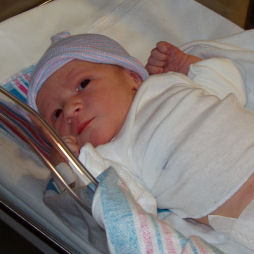
After a couple of requests from the guys at the SAAF, I've decided my next model will be the Atlas/Denel Cheetah D.(and C) Keep an eye on this post, as I will give updates here..
Wish me luck...
A bit of background on the aircraft:
Description:
South Africa performed an update to their Mirages along the lines of that of the Kfir and incorporating some Israeli-built kit. In 1986, Atlas Aircraft Corporation of South Africa rolled out a refurbished Mirage III machine named the "Cheetah". Improvements to the Cheetah featured:
* Structural upgrades to "zero-life" the airframe.
* Kfir-like canards, nose strakes, and dogtooth wing.
* An Atar 09K-50 engine, built under license in South Africa for the country's Mirage F1 fighters. The Cheetah featured larger engine intakes to ensure the necessary airflow.
* Two additional stores pylons under the intake ducts, for a total of seven pylons.
* A fixed refueling probe, mounted over the right air intake.
* A Martin-Baker Mark 10 ejection seat.
* New avionics, the majority of Israeli origin but with some elements built in South Africa, mostly packed into an extended nose.
The first aircraft to be converted was a Mirage III D2Z (airframe number 845) from April 1983. It is not known publicly when its conversion was completed, but when the type was officially unveiled to the public on July 16, 1986, the type was already in service with 89 Combat Flying School, although it was only declared operational the next year. In order to bring the airframes back to "zero hours" flown, some 50% of components were replaced. Also fitted was a new main wingspar, a "drooping" leading edge and a dog-tooth incision on each main wing. Improvements were also made to the avionics, radar, electronic warfare and self-protection systems, including a modern pulse doppler radar. This is used in conjunction with a digital navigation attack system and HOTAS (hands on throttle and stick). Tactical reconnaissance is limited to day operations only.
The Cheetah D is the sole two-seater variant, and is mainly used operationally as a training aircraft for pilots converting to the Cheetah C, though it does have a secondary attack capability, including the ability to deliver precision-guided munitions (PGMs). Under Project Recipient, 10 of the remaining 13 Cheetah Ds were re-engined with the Atar 09k50C-11, replacing their original Atar 09C engines. The three not upgraded have been withdrawn from use. Recently, the Cheetah D's avionics were also upgraded, to bring them on par with the avionics in the Cheetah C, while the original three piece front windshield has been replaced with a one-piece wraparound version. Cheetah D No.845 is currently based at the Test Flight and Development Centre (TFDC) as a systems testing aircraft. It was recently used in the development of the Denel Dynamics MUPSOW stand-off weapon. Denel also keeps two Cheetah Ds for testing, No.844 and No.847. The former is Denel's standard systems testing aircraft, while the latter was used in the evaluation of the SMR-95 engine, a development of the Klimov RD-33. The performance increase offered by the Russian engine was impressive, but budget cuts and problems with the aircraft's centre of gravity ended the program. No.847 is currently in storage with Denel.
Although the two-seat Cheetah is generally refered to as the Cheetah D, they are more strictly known as the Cheetah B, D or D2, depending on the Mirage III airframe they were modified from.
The type was phased out on 1 April 2008 pending the introduction of the Gripen.













